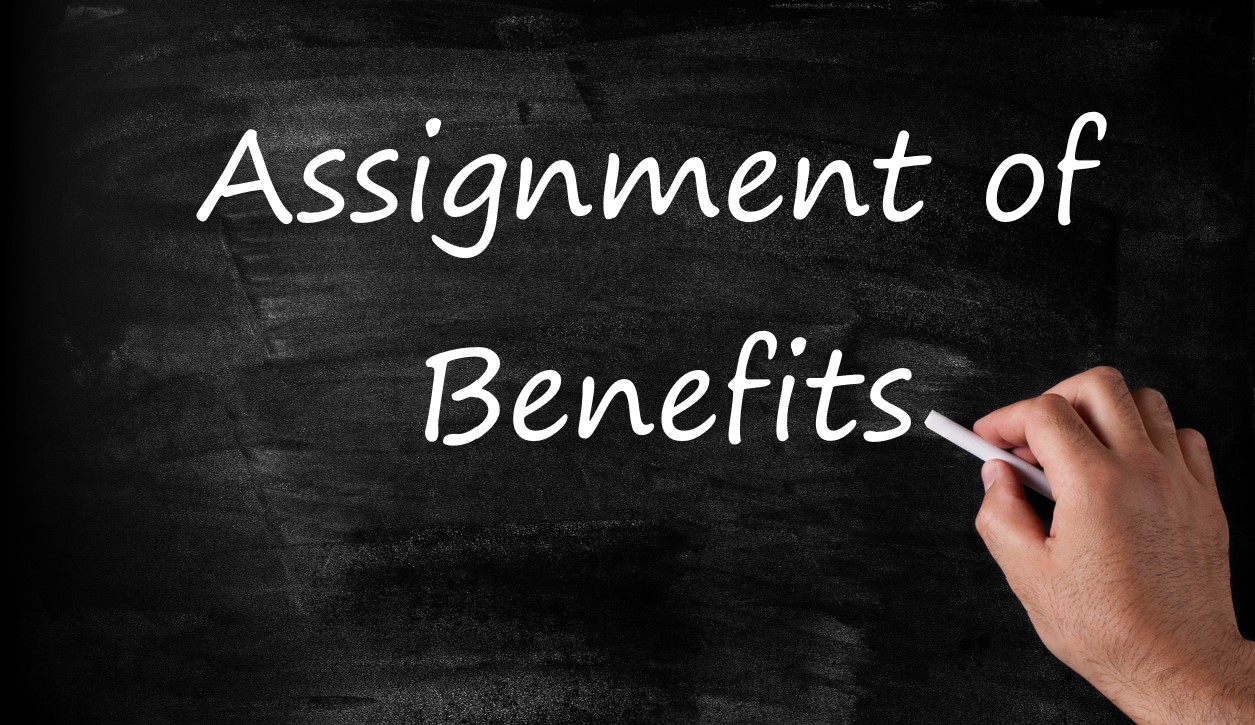Initially, it is beneficial to define just what exactly is meant by the phrase “regulatory estoppel” in the context of insurance policies. This theory is a form of equitable estoppel whereby insurers are prevented, or “stopped,” from asserting an interpretation of an insurance policy provision that is contrary to the insurer’s explanation of that provision to state insurance regulators when the insurer originally sought approval of the policy form from the state department of insurance. In layman’s terms, the insurance company is prevented from arguing that a specific policy provision has a different meaning than the meaning originally presented to an insurance agency or during a judicial proceeding.
The theory was first adopted (or successfully plead) in New Jersey in Morton International v. General Accident Ins. Co., 134 N.J. 1, 629 A.2d 831 (1993), but has consistently received negative treatment in most jurisdictions following that decision. In New York, for example:
[T]he theory [of regulatory estoppel] … has received almost universal disapproval. It has been consistently rejected by federal and state authorities across the country and has never been adopted by any New York court. Indeed, at least two New York courts have flatly rejected the theory … I am aware of only one New York court that has suggested that the doctrine might be viable. But in that case, construing a different policy provision, the court held that there were no unequivocal representations about the meaning of the provision to warrant application of the theory.[1]
As this case illustrates, however, there is precedent in New York potentially supporting a viable application of regulatory estoppel against insurance companies on behalf of policyholders. In Tozzi v Long Is. R. Co., the court provided a guide to successfully pleading this potential theory. In justifying the theory, the court stated as follows:
Judicial estoppel, or the doctrine of inconsistent positions, precludes a party who assumed a certain position in a prior legal proceeding and who secured a judgment in his or her favor from assuming a contrary position in another action simply because his or her interests have changed (Citation omitted); The doctrine is invoked to estop parties from adopting such contrary positions because the judicial system ‘cannot tolerate this playing ‘fast and loose with the courts’ (Citation omitted).
The purpose of the application of the doctrine of judicial estoppel is to preserve the integrity of judicial proceedings by prohibiting the successive assertion of factually contradictory statements as the truth.[2]
Accordingly, the court in Tozzi held that in an appropriate case 1) a litigant may utilize the doctrine of estoppel to prove that an insurer should be estopped from enforcing a clear and unambiguous agreement according to its terms on the ground that in a prior proceeding the insurer obtained a judgment by means of an unequivocal assertion of a contrary interpretation of a contractual term in said agreement, and 2) that the invocation of judicial estoppel may create insurance coverage.[3]
Although regulatory estoppel has yet to be successfully plead in New York, vigilant advocates should keep the theory in mind when the appropriate factual circumstances arise. Despite the negative treatment, advocates at Merlin Law Group will not hesitate to be the first to successfully plead the theory in New York should those facts be presented.
[1] Sher v Allstate Ins. Co., 947 F Supp 2d 370 [SDNY 2013].
[2] Tozzi v Long Is. R. Co., 170 Misc 2d 606 [Sup Ct 1996].
[3] Tozzi, 170 Misc 2d 606 at *613 [Sup Ct 1996].




